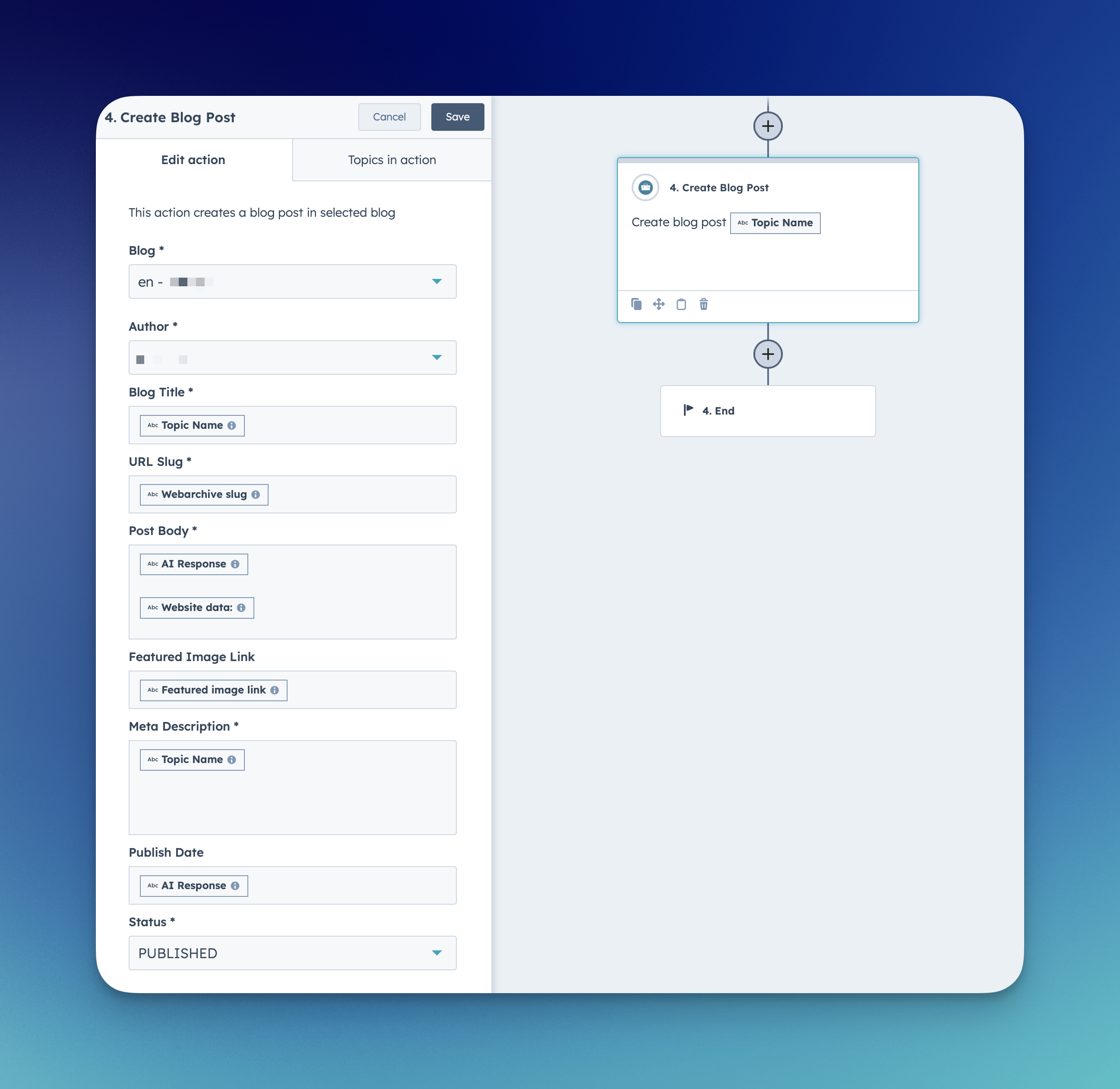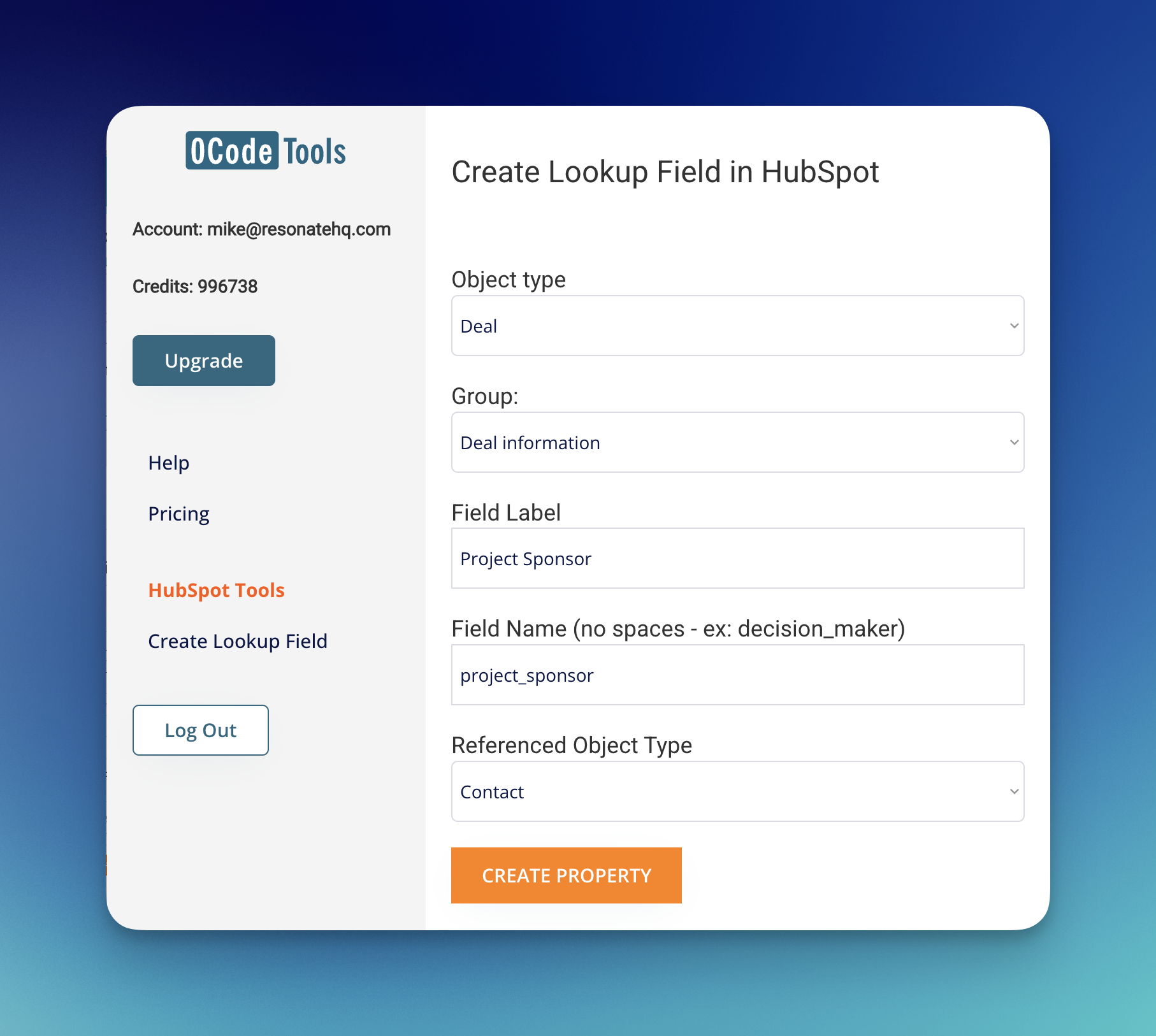
Social media management is the process of managing a company's or individual's social media presence. It involves developing a comprehensive strategy to maximize the reach of a brand or person, create content, and track results.
This article will discuss the importance of social media management, popular tools to use, and tips for engaging with your audience.
The importance of social media management cannot be overlooked, as it has become an important part of the communications strategy for many organizations. It can help position a brand or individual as an industry leader, increase website traffic and build relationships with customers. In addition, with the right strategy, social media management can help build credibility and trust, increase brand recognition and create a positive customer experience.
For effective social media management, companies need to choose the right tools. There are many popular tools, including Hootsuite, Buffer and Sprout Social. All offer features for managing multiple accounts, scheduling posts and tracking results.
Once the platform is in place, a strategy must be implemented. This includes creating content that is engaging and relevant to your target audience. In addition, it's important to engage with your followers by responding to comments and questions and participating in conversations.
Finally, it's crucial to measure the success of your social media management efforts. By analyzing how your content performed and how it impacted other areas of your business, such as website traffic and customer acquisition, you can adjust or refine your strategy as needed.
Facebook, Instagram, and Twitter lead the pack as the most common social media platforms used by marketers. (Source: Hubspot, State of Inbound 2022)
Social media management is an important part of any organization’s communication strategy. By selecting the right tools, creating engaging content, and engaging with your followers, you can maximize your reach and build relationships. Additionally, it is essential to measure the success of your efforts to adjust and refine your strategy.
Before beginning to plan a social media strategy, it is helpful to review the purpose of the social media effort. A social media presence should focus on increasing online visibility, building relationships, increasing brand awareness, and providing valuable content to target audiences.
All of the above-mentioned goals should be taken into account when deciding which platforms to focus on, what type of content to share, and how to engage with customers.
Once the overall goals are established, an effective social media strategy should include these five important components:
1. Identify Target Audience(s): A successful social media strategy requires targeting the right audience. Companies should study their target audience, identifying what types of platforms they use, what content they consume, and what topics they are interested in to tailor content and messages to best engage with the target audience.
2. Set Objectives: A social media strategy should have specific and measurable objectives. Businesses should identify their goals, whether that is to increase website traffic, brand mentions, or engagements, and track progress to ensure the strategy is achieving its goals.
3. Develop Content Plan: A key part of any social media strategy is content. Businesses should create a content plan that outlines the type of content to be shared, when it will be shared, and what channels will be used. Content should be consistent, relevant, and high quality to engage with users.
4. Monitor & Measure: Social media strategies should be constantly monitored to assess their effectiveness and if any adjustments need to be made. Businesses should track KPIs and analyze user engagement and feedback to measure success and determine how to improve.
5. Stay Flexible: Social media changes quickly, and successful businesses must be able to adjust their strategies to match the changes.
Companies should monitor trends and consistently evaluate their strategies to ensure that they are staying relevant and effective.
Social media is an incredibly powerful platform for businesses to utilize, but it is important to have a thoughtful and well-crafted strategy. By focusing on these five components, businesses can create a successful social media strategy and maximize their ROI.
If you're a brand or business, establishing a distinct and recognizable voice is essential for building a strong identity and relationship with your audience. A brand's voice is what sets you apart from your competitors, so it's important to take the time to develop and refine it. Whether you're just starting out or looking for a refresh, this guide will help you define your brand voice and create consistent, recognizable content.
Step 1: Understand the Basics of Brand Voice Before you start developing your voice, there are some basic questions you should ask yourself: What values and goals will your voice be based on? Who is your ideal audience? What channels will you use to communicate? Addressing these questions should help you create a clear brand story.
Step 2: Establish Your Brand's Personality Once you understand the basics, it's time to establish your brand's personality. Ask yourself: What type of tone will you use when communicating? Will you be more playful or serious? Will you use humor or be more straightforward? By identifying your tone and personality, you can create a consistent voice that resonates with your target audience.
Step 3: Develop Your Brand Voice Now it's time to get into the details and develop your brand voice. Consider how you want to speak to your audience in terms of language and vocabulary, as well as emotional appeals. Your language should be consistent across all channels and content formats, from blog posts to social media posts and sales emails.
Step 4: Review and Refine The final step is to review and refine your brand voice. Revisit the questions you asked in Step 1 and make sure that your voice is still in line with your brand's values and goals, as well as your target audience. You should also have an ongoing process for reviewing and refining your brand voice. Pay attention to how your audience responds to your content and make adjustments if necessary.
By following these four steps, you'll be able to create a unique and recognizable brand voice that resonates with your target audience. Just remember to make sure that you keep reviewing and refining your voice over time to make sure that it stays true to your brand's values and goals.
Social justice issues are gaining more and more attention in social media related to various brands.
Here are 5 Tips for Brand Positioning on Social Justice Issues
1. Evaluate Your Brand: CMOs should take the time to evaluate the values and beliefs of their organization before deciding what stance to take on social justice issues. Understanding your brand’s unique identity can help you accurately identify and represent your values to your customers.
2. Involve Stakeholders: Involving stakeholders in decision-making can be an important part of the process. It’s important to understand the perspectives of stakeholders, including those of customers, employees and partners, to ensure that brand positioning aligns with desired outcomes.
3. Communicate Your Position: Once you’ve evaluated your brand and have a clear understanding of your stakeholders’ expectations, it’s time to communicate your position. Be clear and direct, as messages of social justice can be interpreted differently. Make sure you are in alignment with the rest of the C-suite, and that everyone is on the same page with messaging and goals.
4. Measure and Monitor: Just as with any other marketing effort, it’s important to measure and monitor the success of your social justice initiatives. Take the time to develop tangible objectives and metrics to ensure that your efforts are having a real and lasting impact.
5. Engage Customers: CMOs should consider how to engaging customers in meaningful ways to deepen their bond. This could be anything from participating in social justice initiatives to sponsoring events or campaigns that align with the brand’s values. By following these tips, CMOs can help ensure their brands remain relevant and on the cutting edge when it comes to social justice. As CMOs become more comfortable with the idea of taking a stand on social justice issues, they will be better prepared to lead their organizations in the most meaningful ways.
When you want to grow your social media presence, you often don't know where to start. One easy way to gain control of your social media content is to create a social media calendar. A social media calendar helps you stay organized, plan ahead, and maintain a consistent presence on multiple platforms. It also allows you to collaborate with your team members or different departments to ensure everyone is pulling together.
Luckily, there are a few great tools you can use to manage your social media calendar. Here are some of the best social media calendar tools available:
1. Hootsuite: Hootsuite is a social media management platform that allows you to plan, schedule, and monitor your content across different platforms. It has an intuitive calendar with drag-and-drop functionality, so you can quickly and easily move posts around.
2. Buffer: Buffer is a great option for those who are just getting started with social media management. It offers a simple way to organize your content and ensure that you’re posting consistently. It also has great analytics that can help you track engagement and reach.
3. Sprout Social: This is another great option for those who need more features than Buffer offers. It has a powerful content calendar that allows you to manage posts across different platforms, track engagement, and measure performance.
4. CoSchedule: CoSchedule is a popular content scheduling tool that provides an intuitive calendar. It also integrates with WordPress, so you can easily manage blog posts with the calendar.
By using a social media calendar, you can easily stay organized and create a consistent presence on social media platforms. Whether you’re just getting started or you’re a seasoned social media marketer, these tools can help you stay on top of your content plan. Try out a few of these tools to find the one that works best for you.
Engaging with your audience on social media is an essential part of building a successful online presence. It helps you build relationships, establish trust, and create an active community of followers. But how do you make sure you’re engaging with your audience in the most effective way possible? Here are 10 tips for engaging with your audience in social media:
1. Respond to comments and messages promptly. Social media users expect a fast response, so make sure you’re quick to reply to comments and messages.
2. Participate in conversations. Joining conversations with your followers helps to create a sense of community and get to know your audience better.
3. Ask questions. Asking questions encourages your followers to engage with you and helps you to find out what they’re interested in.
4. Organize contests and giveaways. Contests and giveaways are fun ways to engage with your followers and reward those who are most active in your community.
5. Share interesting content. Content is key to engaging with your audience, so make sure you’re sharing interesting, relevant content.
6. Have a consistent posting schedule. Posting consistently helps keep your audience engaged and lets them know when to expect new
When it comes to social media, it's crucial to know the various types of content and audiences for each platform. This can help you tailor your social media strategy for the best results. For B2B brands, the most important platforms are generally LinkedIn, Twitter, Facebook, Instagram and TikTok.
LinkedIn is considered one of the best options for B2B brands. It is a professional network that allows a more targeted approach to reach potential business partners or customers. LinkedIn Ads has become the most popular advertising platform for B2b companies. You can use it to share industry insights and news, build relationships and expand your network. LinkedIn also has great potential for recruitment and employer branding.
Twitter is another great option for B2B brands. It’s a great platform for engaging with customers and followers, and can be used to share news, industry insights, and promotions. It’s also a great way to generate leads and drive traffic to your website.
Facebook is a great platform for B2B brands, but it's not quite as effective as LinkedIn and Twitter. While it can be used to share news and updates, it's best used for connecting with existing customers and growing an audience. Facebook Ads is also a great platform for running campaigns and driving traffic to your website.
Instagram and TikTok are mostly used by B2C brands, but some of the larger B2B brands are starting to use them for brand awareness and employee engagement. They can also be great for attracting new candidates and building relationships with potential customers.
Overall, LinkedIn and Twitter are the best options for B2B brands. Facebook is a great option for connecting with existing customers and running campaigns, while Instagram and TikTok can be useful for some larger B2B brands. It’s important to understand the different types of content and audiences for each platform, so you can tailor your social media strategy for the best results.
Read our most complete guide for B2B marketers: Marketing Guide for B2B Software and Tech Companies
How do you measure the success of your social media efforts?
That's where social media metrics come in. They provide a way to track progress and identify areas of improvement. But what metrics should you be focusing on?
According to a recent article by HubSpot, the three most important metrics that CEOs care about are reach, engagement, and sentiment.
Reach is the number of people who have seen your content. It's a measure of how far and wide your message has traveled. This can be an important metric to track, as it gives you an indication of how successful your content is at spreading across different platforms.
Engagement is the number of actions taken on your content, such as likes, comments, and shares. This metric is important for measuring the level of interaction with your content, as well as the level of interest it is generating.
Sentiment is the overall tone and attitude of the comments or conversations regarding your content. This metric can be useful for gauging how well your content is resonating with your audience and to spot emerging trends.
These are just a few of the metrics that can be used to track the success of your social media efforts. Other metrics such as website traffic, click-through rate, and lead generation can also be useful in giving you an indication of how well your content is performing.
No matter what metrics you choose to track, it is important to remember that the key to successful social media marketing is to focus on creating meaningful content that resonates with your audience. By regularly measuring and tracking your performance, you will be able to identify areas of improvement and ensure that your content is reaching the right people.
Social listening is an invaluable tool for modern businesses in the digital age. It’s a great way to gain insights into what customers are saying about your business, your competitors, and the industry as a whole. By listening to online conversations, businesses can quickly identify customer service opportunities, uncover new marketing opportunities, and track brand sentiment.
At its core, social listening is the process of monitoring and analyzing conversations on social media to better understand what’s being said about the business, its competitors, and its industry. This can be done by searching for key terms related to the business, like its name, products, or services. It’s also important to use a variety of search terms, as different people may use different words to describe the same thing.
Social listening can provide invaluable insights. It can help a business understand how its customers feel about its products and services, identify potential customer service issues, and uncover new marketing opportunities. It can also be used to track brand sentiment, which can help businesses make more informed decisions about their marketing and customer service strategies.
One of the most important aspects of social listening is that it’s a two-way street. Once businesses have identified potential customer service issues or marketing opportunities, they can use social media to respond directly to customers and address their concerns. This can help to build trust and loyalty with customers, which is essential for any successful business.
Here are the top 10 social listening tools to help you get started:
1. Hootsuite Insights: This tool gives you access to real-time insights so you can stay one step ahead of the competition. It allows you to filter by keyword, hashtag, and competitor, so you can easily find the conversations that matter to you.
2. Talkwalker: This tool offers an advanced search function that allows you to uncover conversations from over 150 million sources in real time. It also provides insights into customer sentiment and brand reputation.
3. Brandwatch: With Brandwatch, you can monitor brand mentions, analyze trends, and understand customer sentiment. It also offers powerful analytics to help you make sense of the data.
4. Mention: This tool allows you to track any keyword, hashtag, or URL, in real time. It also has a comprehensive reporting feature that enables you to track performance over time.
5. Sprout Social: Sprout Social is a comprehensive platform that helps you monitor conversations, engage with customers, understand sentiment, and measure performance. It also offers analytics to help you make better decisions.
6. Socialbakers: This tool helps you measure the performance of your campaigns by tracking engagement and analyzing sentiment. It also provides insights into your competitors’ strategies.
7. Awario: This tool gives you an in-depth look into conversations about your brand. It monitors social media, news sites, blogs, and other sources in real time.
8. Brand24: This tool helps you uncover conversations about your brand and analyze customer sentiment. It also has a comprehensive reporting feature that enables you to track performance over time.
9. Keyhole: This tool helps you uncover conversations about your brand, analyze sentiment, and measure performance. It also allows you to track competitors and identify influencers.
10. NetBase: This tool enables you to track customer sentiment, measure performance, and uncover insights into customer behavior. It also provides an in-depth look into customer conversations.
Organic social media refers to unpaid content that is posted to social media platforms such as Facebook, Twitter, and LinkedIn. This type of content is typically created or shared by people or brands to grow their following, create brand awareness, and engage with their audiences. Organic social media is a great way to reach a wide variety of people who may be interested in your brand. However, the reach of organic social media is limited and it can take a lot of time and effort to achieve meaningful results.
Pros:
Cons:
Paid social media refers to the use of paid advertising on social media platforms such as Facebook, Twitter, and LinkedIn. This type of advertising allows brands to target specific audiences and promote their content to a much larger group of people than they could with organic social media. Paid social media can help brands reach their goals more quickly and effectively than organic social media.
Pros:
Cons:
Social media marketing is one of the most powerful tools available to businesses, allowing them to reach large audiences and create meaningful connections with their customers. With the right strategy and tools, businesses can build a strong presence on social media and leverage it for maximum impact. The ultimate guide to social media marketing provides the knowledge and resources to help businesses create a successful social media strategy. From understanding the different social media platforms to establishing a brand voice and utilizing paid media, this guide offers essential information to help businesses reach their goals. Ultimately, social media marketing is an essential part of any successful marketing plan, as it provides businesses with the opportunity to reach their target audiences and build meaningful relationships with them. With the right strategy and the right tools, businesses can use social media to their advantage and drive business growth.

Learn exactly how to connect a custom (root or sub) domain, update DNS records, and launch your HubSpot ...

We have just introduced a new workflow action for automatically creating and publishing blog posts in Hu...

If you’ve ever worked with Salesforce, you know how powerful “lookup fields” can be for connecting recor...